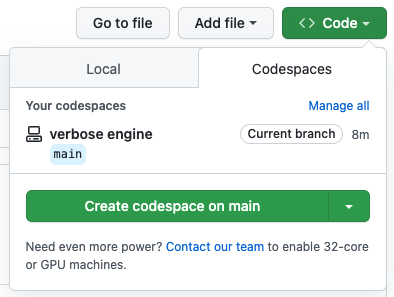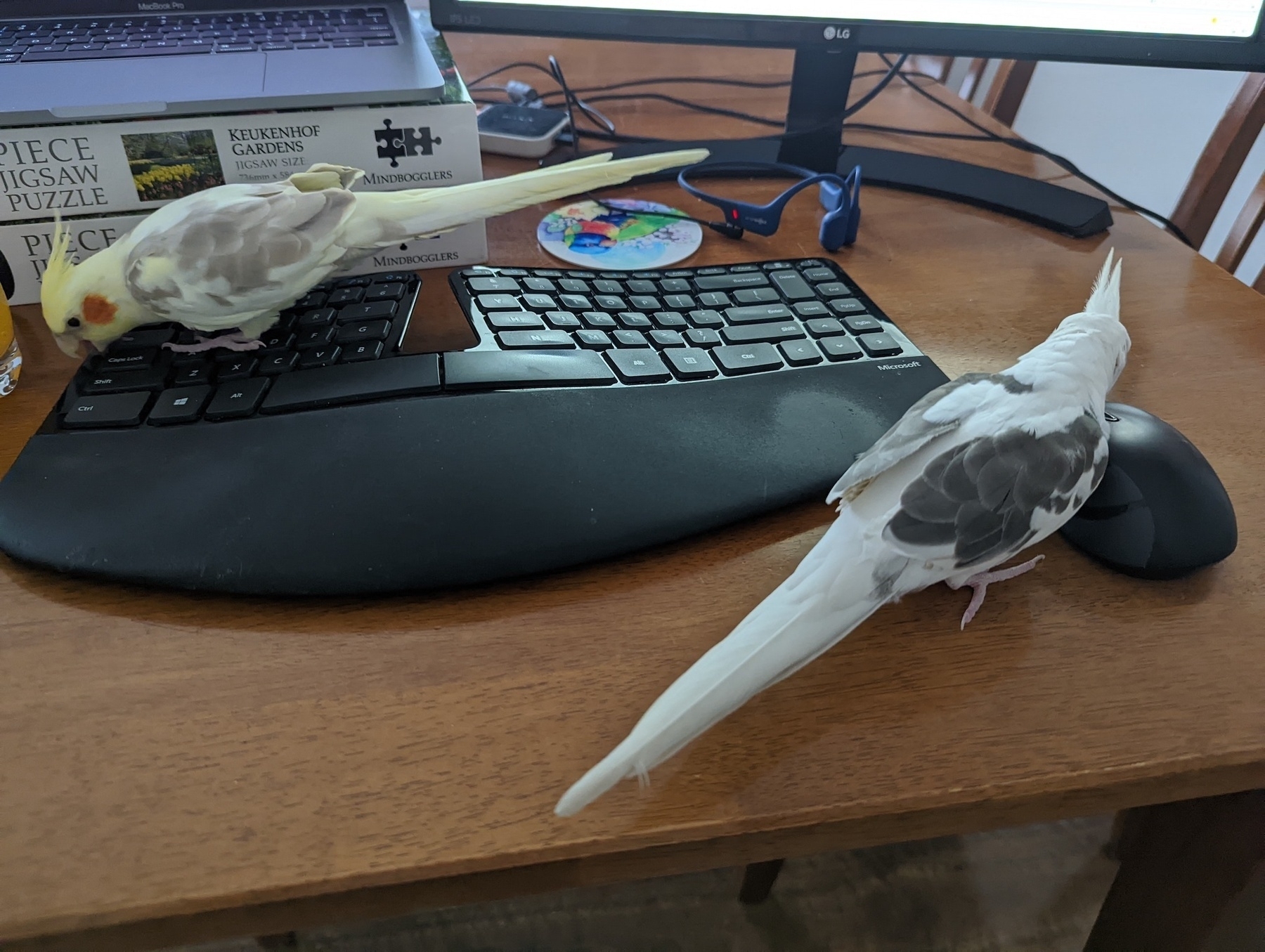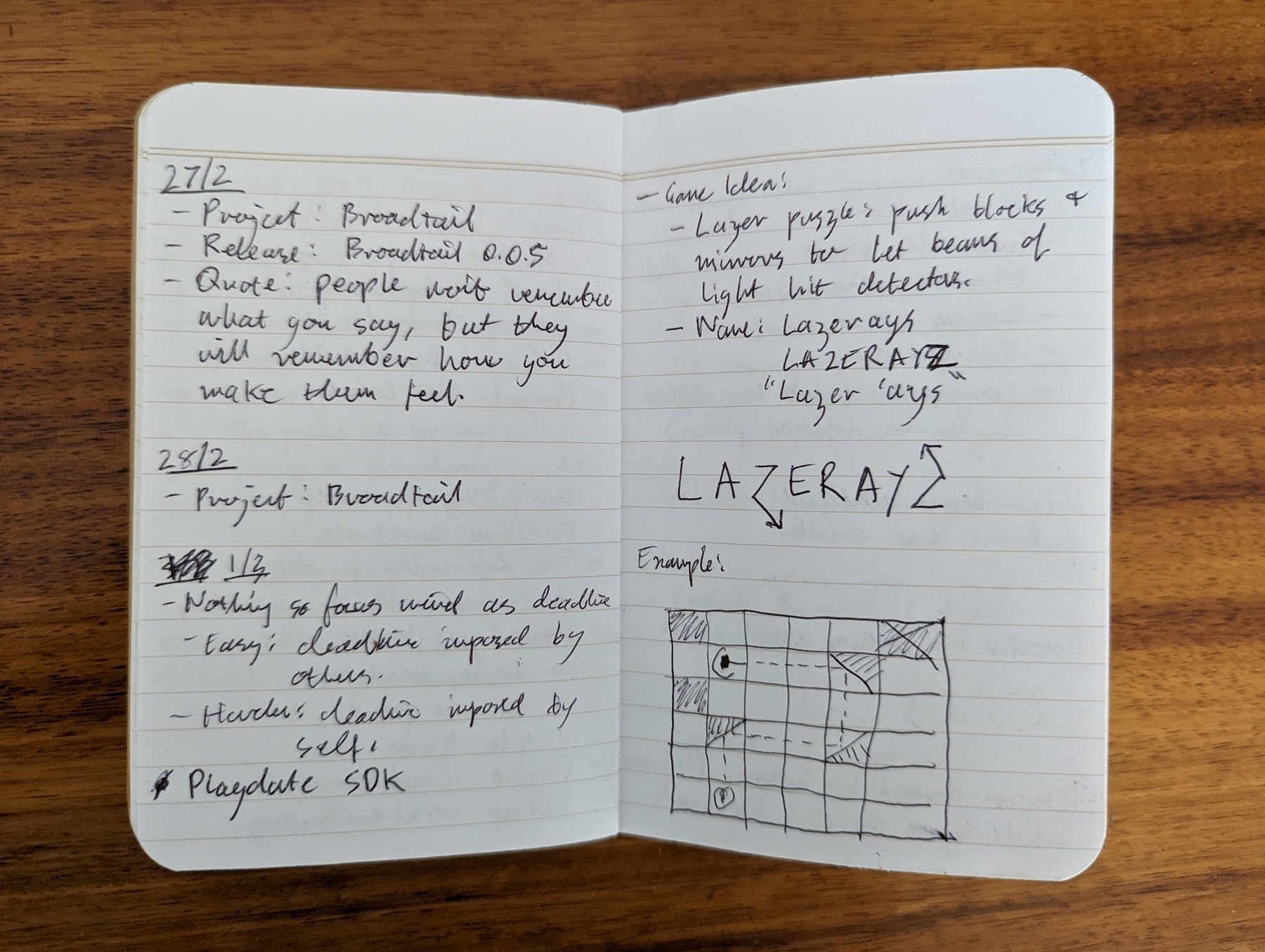-
This is a little embarrassing, but it was only just yesterday that I learnt that tanukis are an actual species of animal. And they look adorable.
-
Writing documentation for your project can be a bit of a humbling experience. You encounter all the holes in your functionality, maybe find out that it’s not as easy to get started as you first thought. Of course it takes an attempt at explaining the thing you’re building for you to realise all this.
I guess that makes writing the docs all the more valuable, so that you can find all these shortcomings and fix them. Might even be worth writing the docs before you write the code. That way, you can avoid them altogether. Sort of like TDD but with documentation (DDD?)
-
The names for GitHub Codespaces are randomly generated, but I kinda like the one chosen for this website repo. Seems fitting in a way.

-
I gotta admit: the most exciting announcement I saw from WWDC 2022 was the FreeForm app, with the ability to share boards with others. Hopefully now I can ditch the QuickTime Player technique for sharing hand-drawn diagrams on Slack calls.
-
I’m always torn between using a tool I wrote to draw sequence diagrams for work vs. using the “built-in” diagramming tool of the wiki software uses. On the one hand, having diagrams that others can modify is probably a good thing. On the other, dealing with this point-and-click software for drawing sequence diagrams is a huge pain, a part of the reason why I built the tool in the first place.
-
These little fellas just love going for the keyboard and mouse when they’re out with me. Maybe, with a bit of training, I might be able to get them to do my work for me. 🤔

-
The Powerline Track Walk
Went on a walk of the Powerline Track, which I was personally calling the “powerline walk” (yes, I’m impressed at how close I was). I saw this trail when I was in Canberra earlier this year, and knowing that I would be back, I made a note to actually walk it, which I did today. This track follows the powerlines just south of Aranda Bushland Nature Reserve, then goes under Gungahlin Drive and into the Black Mountain Nature Reserve. Continue reading →
-
Now that the May Photoblogging Challenge is over, I need to come up with my own topics to post about again. How did I do this in April?
-
Most of the magpies I see in my daily life are of the white-backed variety, which is the common subspecie in Victoria. So seeing one with a black back, like I did today during my evening walk, is still quite a novelty.

-
Back in Canberra, looking after my sister’s cockatiels while she’s overseas for work. Say hello to Ivy and Archie.

-
Day 31: endurance
I’m not someone that does endurance training, but I do enjoy a good bike-ride once in a while. It helps if the bike path is pleasant. #mbmay

-
🔗 How I Experience the Web Today (via Daring Fireball)
I think most people have seen this. What got me to post it here, apart from bookmarking it, was wondering how anyone with a real website like this expects visitors to stick around, let alone visit it again in the future.
-
Day 30: fish
Haven’t got a good photo related to fish, so I figured a photo of a kingfisher would do. #mbmay

-
Working on another component design for work. Actually, it’s closer to augmenting an existing system to accommodate a new requirement.
I’m taking this opportunity to try and keep my design as simple as possible. I’ve written design proposals in the past that were just too much, and a hatchet was taken to it when I showed it to the rest of the team in order to get the number of changes down. I’d like to see if I can avoid that for this one.
So, using as much of the existing stuff as we’ve got so far, and following the idea of “you ain’t gonna need it” are going to be my north star for this one.
-
Humour In Conference Videos — Less Is More
It might be just me but I get a little put off with over-the-top attempts at humour in developer conference videos. I’m four minutes into a conference video which has already included some slap-stick humour (with cheesy CGI), and someone trying to pitch to me on why what they’re talking about is worth listening to. This was done in such a way that it actually distracted me from the content, a. Continue reading →
-
Day 29: stripes
#mbmay

-
Day 28: fair
Four people, two balls each. A fair game of bocce played on a fairly nice autumn day. #mbmay

-
This resonated with me today. I’ve been thinking on how we can use what we’ve built a few months for something new, and just how much easier it would have been if we’ve built it as designed, rather than rushed it out to meet a deadline. A perennial problem.
-
Day 27: written
A page from my on-again off-again attempts at carrying a physical notebook with me. Surprising how much the phone case obstructs the notebook while I’m trying to take it out. Right page contains a free idea for a Play.date game for anyone who wants it. #mbmay

-
New mug today.

Not as large as the last mug-related merch I’ve received — that crown is retained by the Stratechery mug — but still a decent size.
-
It was only after I switch to Ecosia that I realised how often I use DuckDuckGo’s shortcuts like
!g. It would be nice if Ecosia had them as well. Maybe it’s time to look at a launcher so I can get it at the OS level. 🤔P.S. Point 4 of this post is the reason why I switched.
-
Day 26: schedule
Made it to the bus stop on time. Fortunately, so did the bus. #mbmay

-
Listening to today’s Stratechery on Microsoft Build keynote. Sounds like Microsoft wants to offer AI-assisted developer tools to “keep developers in flow.” I wonder if a better solution to maintain flow would be to build an AI that can go to the dev’s meetings for them.
-
I really enjoy using terminal UI tools, like Vim and K9S. They’re not easy to pick up, but there’s just something so satisfying about using them. I think it’s because you feel so close to the thing the tool is manipulating. There’s not a whole lot of UI standing in the way.